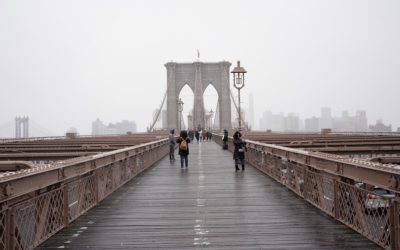See Any Places – Ancient Site, Historical Site, and Historical Building
Greek Island Cruise, Rhodes Island, Greece
Rhodes Old Town is a medieval town that is enclosed within massive walls. UNESCO recognizes it as a World Heritage Town and one of the best-preserved medieval towns. 655
Greek Island Cruise, Kusadasi (for Ephesus), Turkey
Ephesus is an ancient city in Turkey’s Central Aegean region, near modern-day Selçuk. 654
Ancient Agora, Athens, Greece
The agora was important because it was where the community congregated to discuss events of the day, politics, religion, philosophy, and legal matters. 651
Acropolis of Athens, Greece
The Acropolis of Athens is the most striking and complete ancient Greek monumental complex still existing in our times. 648
Meteora Monasteries, Greece
A visit to Meteora monasteries offers a unique perspective of nature’s grandeur in conjunction with history, architecture, and man’s everlasting desire to connect with the Divine. 646
Delphi – Sanctuary of Apollo and Athena, Greece
Delphi, previously called Pytho, was an ancient sacred precinct and the seat of Pythia, the major oracle who was consulted about important decisions throughout the ancient classical world. 644
Archaeological Site of Olympia, Greece
Olympia was the birthplace of the ancient world’s most famous and important sporting event, the Olympic Games, which were held here every four years from 776 BC to 393 AD. 642
Epidaurus Theater and Mycenae Acropolis, Greece
The Ancient Theatre of Epidaurus is regarded as the best-preserved ancient theatre in Greece in terms of its perfect acoustics and fine structure. Mycenae, the kingdom of the mythical Agamemnon, is the most important and richest palatial center of the Late Bronze Age in Greece. 641
Brooklyn Bridge, New York, NY, USA
The Brooklyn Bridge was the first steel-wire suspension bridge, and at the time it was built, its 1,595 (486m) feet main span made it the longest suspension bridge in the world. 640









